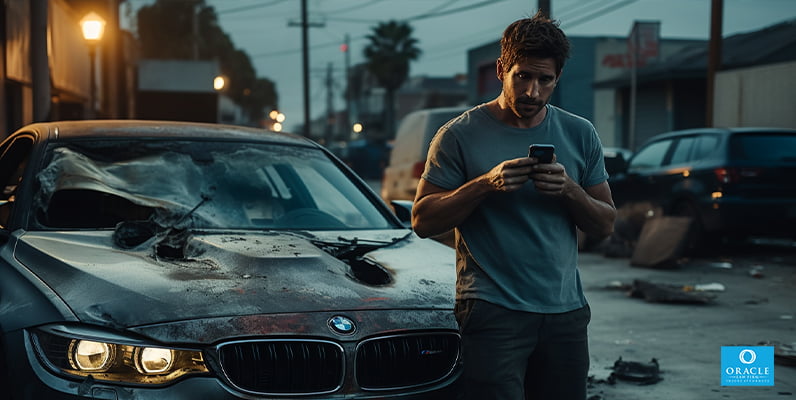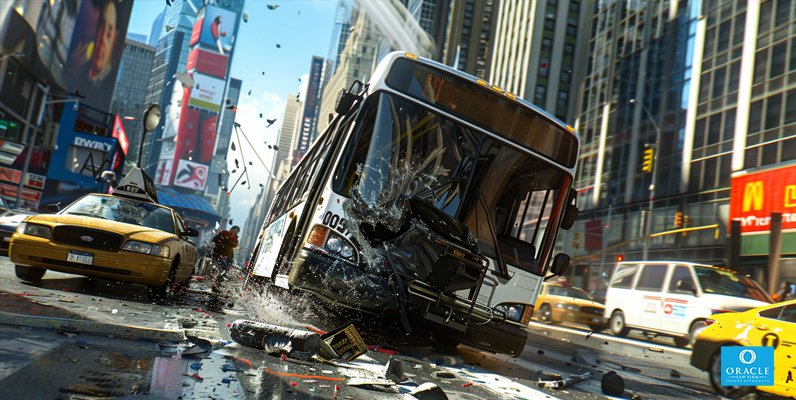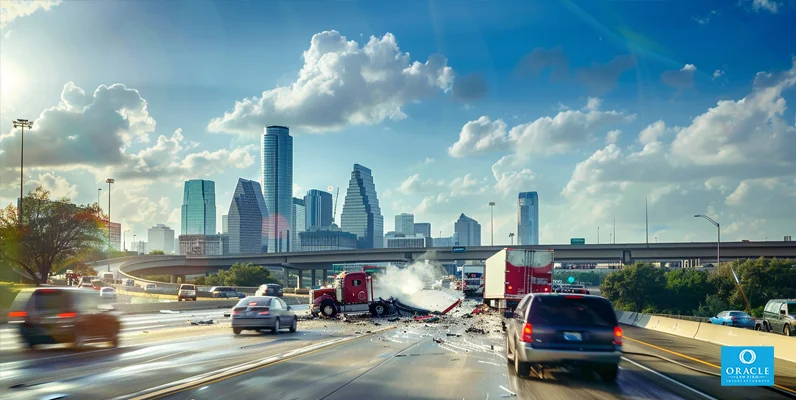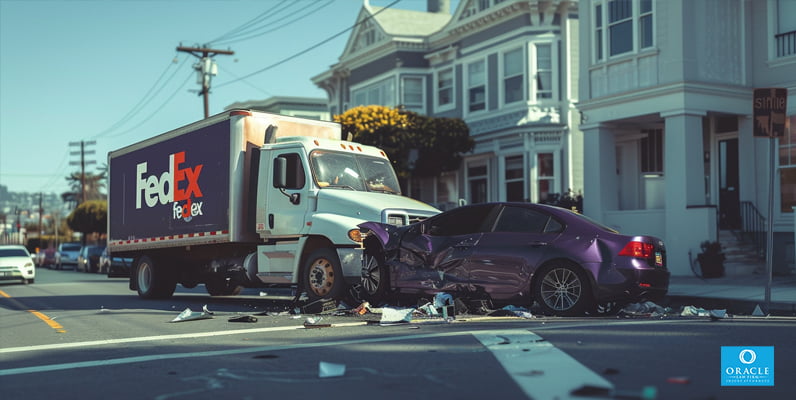In California, left turns are regulated by various traffic laws. For example, drivers must obey traffic signals and signs, such as red and stop signs, when making left turns. Additionally, drivers are required to use their turn signals to indicate their intention to turn left. Failure to adhere to these laws can lead to accidents and legal consequences.
Causes of Left Turn Accidents in California
Left-turn accidents can occur due to various factors. Understanding the common causes of left-hand turns can help drivers be more cautious and proactive in using traffic signs and preventing such accidents.
Other Driver Ran a Red Light or Stop Sign
One of the leading causes of left turn accidents is when the driver proceeding straight through an intersection runs a red light or fails to stop at a green light or a stop sign. In such cases, the left-turning driver may assume it is a green light and safe to proceed with the turn, only to be struck by the oncoming vehicle.
Failure to Use Turn Signal
Another common cause of left turn accidents is the failure to use a turn signal. When drivers neglect to indicate their intention to have right of way and turn left, it can lead to confusion and unexpected collisions with oncoming vehicles.
Statistics on Left-Turn Accidents
Left-turn accidents are a significant concern on California roads. According to the California Office of Traffic Safety, in 2019, there were 24,998 reported left-turn accidents. These left-hand turn accidents injured 8,543 people and tragically claimed the lives of 155 individuals. These statistics highlight the importance of understanding and addressing the issues surrounding left-turn accidents.
Proving Fault in Left Turn Accidents
Gathering Evidence
Evidence is crucial to establish fault and strengthen your case when involved in a left-turn accident. Here are some essential steps to take:
File a Police Report
Immediately after the accident, contact the police and file a report. The police report will document the details of the accident, including the location, time, and parties involved. It may also include witness statements and any citations issued at the scene of an auto accident. This report can serve as valuable evidence when determining fault.
Secure the Scene and Gather Evidence
If it is safe, gather evidence at the accident scene. Take photographs of the vehicles involved, the surrounding area, and any visible damages. Additionally, collect contact information from witnesses who can provide statements regarding the accident. This evidence can help establish the sequence of events and support your claim.
Legal Procedures
Navigating the legal procedures following a left-turn accident can be complex. Seeking the guidance of an experienced left-turn accident attorney is crucial to ensure your rights are protected, and you have the best chance of winning your case.

Contact A Left Turn Accident Attorney At The Oracle Law Firm | Accident & Injury Attorneys
If you have been involved in a left-turn car accident, it is advisable to consult with a reputable car accident lawyer who specializes in handling left-turn and car accident fault cases. The experienced attorneys at the Oracle Law Firm | Accident & Injury Attorneys can provide expert guidance and representation throughout the legal process.
Do I need a lawyer for a left-turn accident case?
While handling a left-turn accident case without a lawyer is possible, having legal representation significantly increases your chances of success. An experienced attorney can navigate the complexities of the legal system, gather evidence, negotiate with insurance companies, and advocate for your rights.
How long do I have to file a claim after a left-turn accident in California?
California’s statute of limitations for filing a personal injury claim after a left turn accident is generally two years from the accident date. However, it is advisable to consult with an attorney promptly to ensure you meet all necessary deadlines and preserve your rights.
Key Strategies for Winning a Left Turn Car Accident Case
It is essential to employ key strategies and present compelling evidence to increase your chances of winning a a left turn driver in-turn accident case. Here are some crucial elements how to win a left turn accident case key strategies and evidence consider:
Hire An Experienced California Left Turn Accident Lawyer If You’re Wondering How To Win A Left Turn Accident
An experienced car accident attorney specializing in left-turn accidents can provide invaluable guidance and representation. They will deeply understand the legal framework, relevant case precedents, and effective strategies to build a strong case on your behalf.
Economic Damages
In a left turn accident case, it is crucial to demonstrate the economic damages you have incurred due to the accident. This may include medical expenses, property damage, lost wages, and future medical costs. Gathering documentation and expert opinions to support your economic damages claim is essential.
Prevention and Precaution
Safety Measures
Preventing the left lane in-turn accidents requires proactive measures and adherence to traffic laws. Here are some safety tips to consider:
Always Use Your Turn Signal
Using your turn signal at traffic lights is a legal requirement and a crucial safety measure. Signaling your intention to turn left at traffic light alerts other drivers and helps prevent unexpected collisions.
- What Are Some Ways to Prevent Left-Turn Car Accidents in California?
- Observe traffic signals and signs: Always obey traffic signals and signs when making left turns. Stop at red lights and stop signs, and proceed with caution when the way is clear.
- Yield to oncoming traffic: When turning left, yield to oncoming vehicles. Wait for a safe gap in traffic before proceeding.
- Be aware of blind spots: Check your blind spots before making a left turn to ensure no pedestrians, cyclists, or other vehicles are in your path.
- Avoid distractions: Distracted driving significantly increases the risk of accidents. Stay focused on the road and avoid using cell phones or other distracting activities while driving.
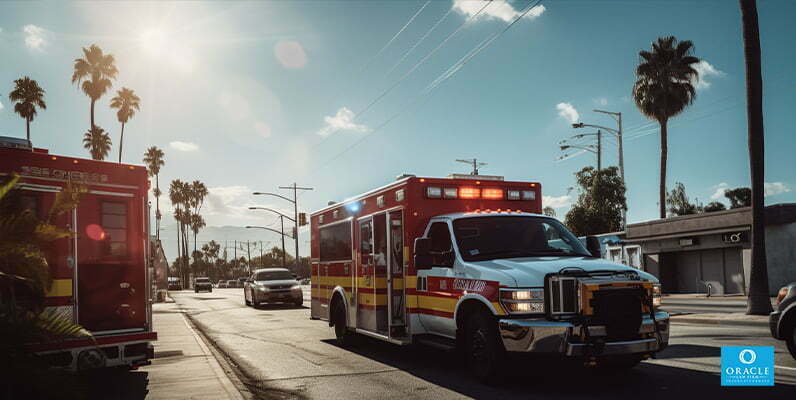
Seek Medical Attention
Even if you believe your injuries are minor, seeking medical attention after a left-turn accident is crucial. Some injuries may not be immediately apparent, and a medical professional can assess your condition and provide necessary treatment. Additionally, medical records can serve as evidence of the serious injuries sustained in the accident.
Winning a left-turn accident case requires a comprehensive understanding of the legal framework, gathering compelling evidence, and employing effective strategies. By following safety measures, seeking legal guidance, and taking prompt action, individuals involved in left-turn collisions or-turn accidents can pursue justice and secure the remedies they deserve. If you have been involved in a serious left turn collision or accident, consult the experienced attorneys at the Oracle Law Firm | Accident & Injury Attorneys for a free consultation to discuss your case and explore your legal options.
Frequently Asked Questions
How is fault determined in a left-turn accident?
Fault in a left turn accident is determined based on the incident’s specific circumstances. Generally, the driver making the left turn is required to yield to oncoming traffic. However, there are situations where in left turn crashes the oncoming driver may be either partially responsible or fully at fault. Factors such as traffic signals, speed limits, right of way, and the actions of both drivers will be considered when determining fault. It is essential to gather evidence, such as witness statements, photographs, and the police report, to support your claim and establish fault.
Can I file a personal injury claim for a turn accident?
You may be eligible to file a personal injury claim if you have sustained injuries in a left turn accident due to another driver’s negligence. A personal injury claim seeks compensation for medical expenses, lost wages, pain and suffering, and other damages resulting from the accident. It is advisable to consult with an experienced personal injury attorney who specializes in left-turn accidents to evaluate your personal injury case, and guide you through the legal and personal injury claims process.
What is comparative negligence, and how does it affect a driver turning a left turn accident case?
Comparative negligence is a legal principle determining the degree of fault assigned to each party involved in an accident. In California, if both drivers share some responsibility for the accident, the concept of comparative negligence comes into play. The compensation awarded to the injured party may be reduced based on their percentage of fault. For example, if the court determines that you were 20% at fault for the left turn accident, your compensation may be reduced by 20%. It is important to consult with an experienced attorney who can help navigate the complexities of comparative negligence and protect your rights.
Can I handle a left-turn accident case without hiring an attorney?
While handling a left turn accident case without hiring an attorney is possible, it is not recommended. Dealing with insurance companies and other car accident lawyers, gathering evidence, negotiating settlements, and navigating the legal system can be complex and overwhelming. An experienced attorney specializing in left-turn car accidents, can provide expert guidance, protect your rights, and maximize your chances of a successful outcome. They will handle the legal complexities on your behalf, allowing you to focus on your recovery.
